Nature’s One-Stop Shop
How lucky are we to inhabit the lush landscape that is Aotearoa New Zealand, a veritable smorgasbord of rich nutrients and medicinal plant wonder literally on our doorstep, whichever region that doorstep may stand.
On venturing into any park or bush, you don’t have to look far before stumbling across the unmistakable heart-shaped leaf of the Piper excelsum shrub, or kawakawa, dwarfed somewhere near the forest floor by the taller, stoic natives. Closely related to both black pepper and kava, another bitter shrub with heart-shaped leaves famously used for relaxation in Pacific Island ceremonies; kawakawa has long been harnessed by Māori in rongoa – traditional Māori healing medicine orally passed down through generations for centuries.
As the magic of kawakawa slowly winds its way into more balms, supplements, and even mainstream consumer goods, scientists at Waipapa Taumata Rau University of Auckland’s Liggins Institute in conjunction with hapū-owned Wakatū Incorporation from Te Tauihu at the north of Te Wai Pounamu have found in this study that kawakawa leaves contain more than 60 biologically active compounds. Trials are now being run to test the possibility of kawakawa’s role in how Māori have applied it for centuries – reducing inflammation and combating heart disease and diabetes.
Of the active metabolites found, of particular note were :
- Pellitorine, “which has numbing effects on the body and could explain its use for pain relief in rongoā Māori,” research fellow Dr Pook says. And as if that wasn’t enough – as well as being an analgesic, pellitorine also acts as an anti-inflammatory, validating its prolific age-old use.
- Dopamine! Yes, the notorious neurotransmitter makes an appearance. Dopamine regulates moods (although it doesn’t pass the blood-brain barrier when ingested), the digestive system, and the human insulin response – a result previously observed in clinical trials exploring human physiological responses to the consumption of kawakawa tea. It can also assist in the metabolising of sugar. Another gold star for kawakawa!
- Yangambin, which has been shown in earlier human trials to have potent anti-inflammatory effects on the cardiovascular system.
- Interestingly, they also found that the peppery properties of kawakawa may improve the bioavailability of other pharmacologically active compounds, in the same way black pepper does for the curcumin found in turmeric.
Māori, of course, knew all of this, and thus have already been using kawakawa for hundreds of years as an anti-inflammatory, anti-microbial, analgesic, for gastrointestinal and genitourinary complaints, toothaches, innumerable skin issues – the list goes on. Harvested correctly and respectfully of Tikanga Māori, you can reap the benefits too. Here are 5 ways you can
solve those aches and pains naturally with this native wonder child :
- Kawakawa-infused balm or oil. My personal favourite and number one handbag must-have. Applied topically or in the case of the oil – also added to a bath, a good quality and well-made balm/oil is a cure-all. Helpful for anything from general wound healing, to insect bites and stings, unidentifiable rashes, sunburn, eczema, and psoriasis, calming rosacea redness, faster healing of acne, shingles, and chicken pox, abscesses and boils, bruises, and radiation treatment burns – get yourself a kawakawa balm and do not pass go! Shirley Proctor from Shirl’s Rongoa Balm has been making kawakawa balms, oils, salts, teas and soaps for years after being chosen by her sister-in-law to carry on the magic; and she has seen it all and has endless anecdotes of astonishing healing, both external and internal. Post-operative scars are near invisible, long time eczema sufferers are finally free. Her advice is to look for a balm that has been made with cultural respect to ensure its efficacy, as well as a product free from essential oils to allow the kawakawa to work its magic fully.
- Kawakawa tea. Add one or two torn leaves (look for the ones with the most holes, the munching action of the caterpillars triggers the release of all those medicinal marvels so you’ll get the most potent part of the plant!) to your normal boiled water. Drink! Or when cooled slightly, even use as a poultice on dry or eczema-ridden skin! Shirley does advise to start off light, with just one leaf, and work your way up to a stronger tea, or you could be spending a little more time than you’d like in the bathroom. A particularly strong tonic for immunity and digestive issues of all sorts, a kidney cleanser and blood thinner (people on the relevant medications here – always consult your doctor before ingesting any kawakawa at all), indigestion and heartburn, cramps, and bloating – IBS symptoms, worms, and countless other ailments; kawakawa will even improve circulation and cleanse and purify the blood. A true healer, kawakawa will fix you from the inside out.
- A tonic for cold and flu recovery. Rich in vitamin C, potassium and other anti-oxidants, kawakawa wins over any OTC cold remedy in my books! Mix the juice of a lemon and grated ginger into some kawakawa tea, this will aid in the kicking of that cold to the curb, soothing for all respiratory issues throughout the year.
- A rub for all aches and pains – muscular discomfort as well as joint. Use a strong balm to rub onto sore areas as a more natural pain relief option. (Please do check with your doctor before using post-operatively.) A little tip for menstruating people – try using for the debilitating cramps!
- And last but not least – cook with kawakawa! A couple of little cameos on television cooking shows and in virtual competitions have cemented its position in the foodie marketplace where the peppery notes are well lauded, after kawakawa and its close family members have been used in culinary practices the world over for aeons. It can even be found in artisan chocolate and popsicles (hint – try making your own!). Yes PLEASE! The true meaning of two birds with one stone, delicious AND nutritious in so many ways.
Heart-shaped for a reason, for the countless gifts it bears – and according to Māori kawakawa was given by Io to heal Papatūānuku and her mama from the separation of Ranginui. Io cloaked Papatūānuku in a blanket of kawakawa to heal her heartspace. And so, the perfectly heart-shaped leaf, in all its boundless and powerful glory.
Note – as easy as it seems to incorporate kawakawa into your daily routine, do be sure to do your own research and consult with a qualified healthcare professional before starting any new natural remedy!






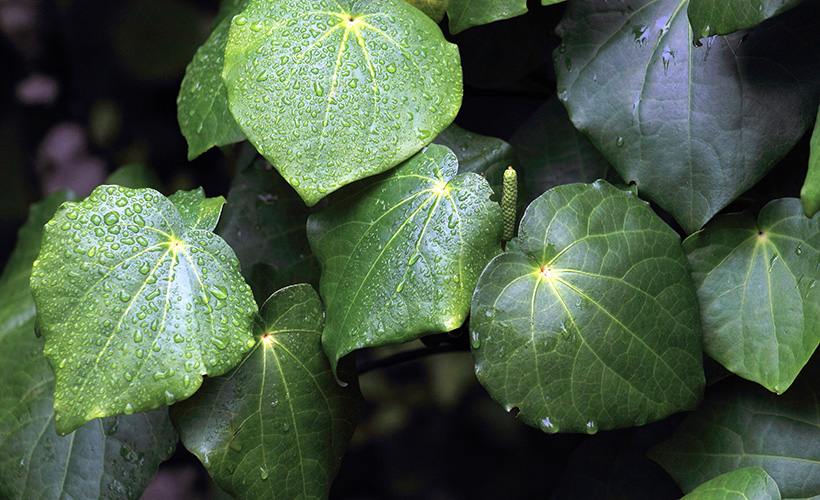

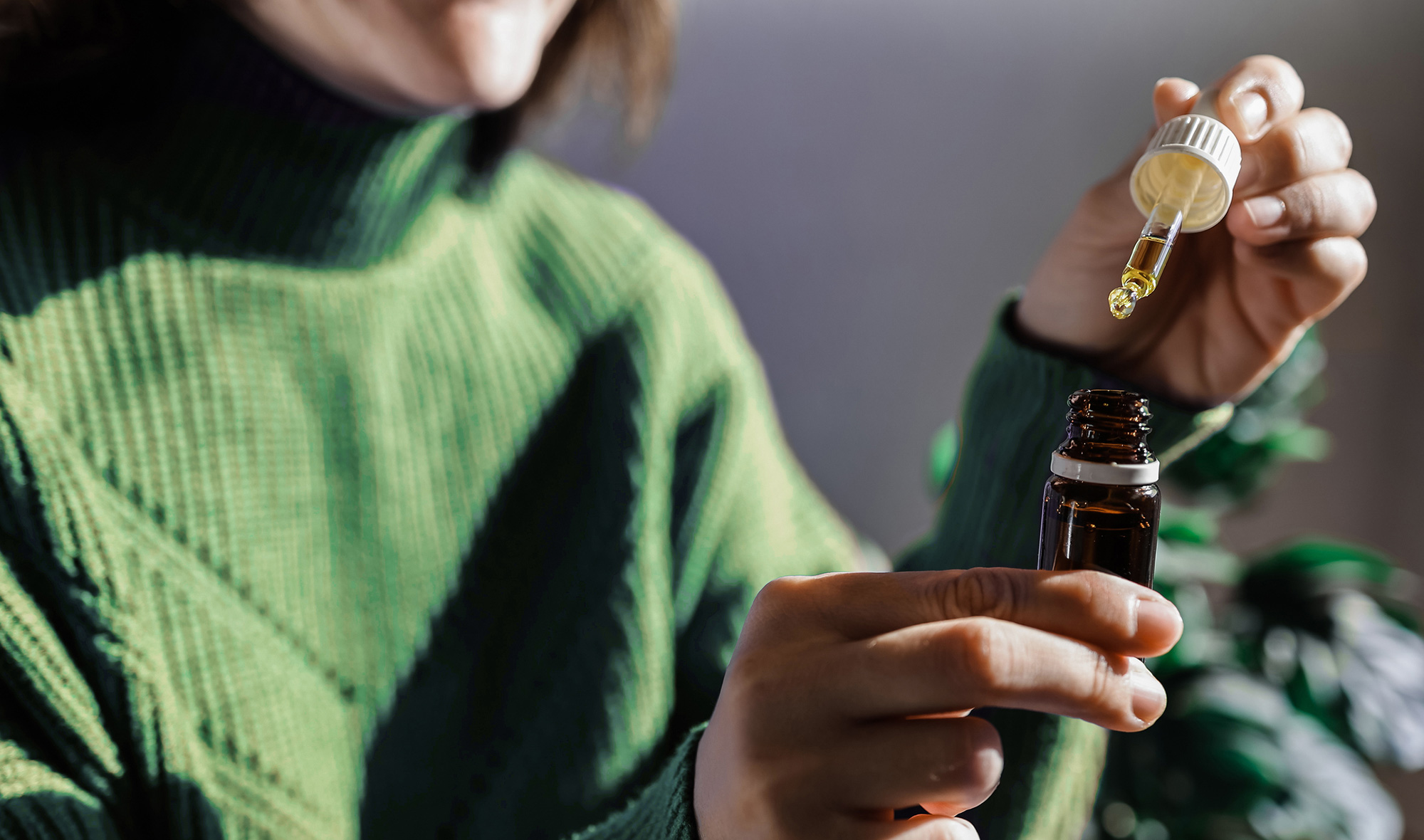
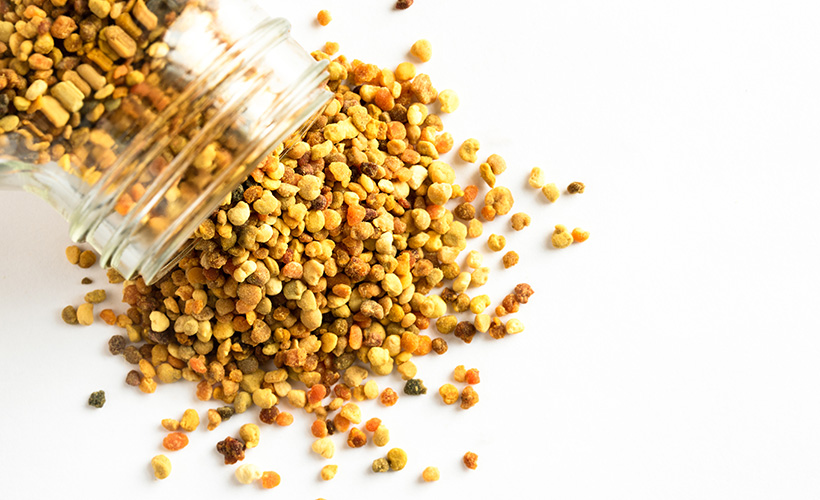

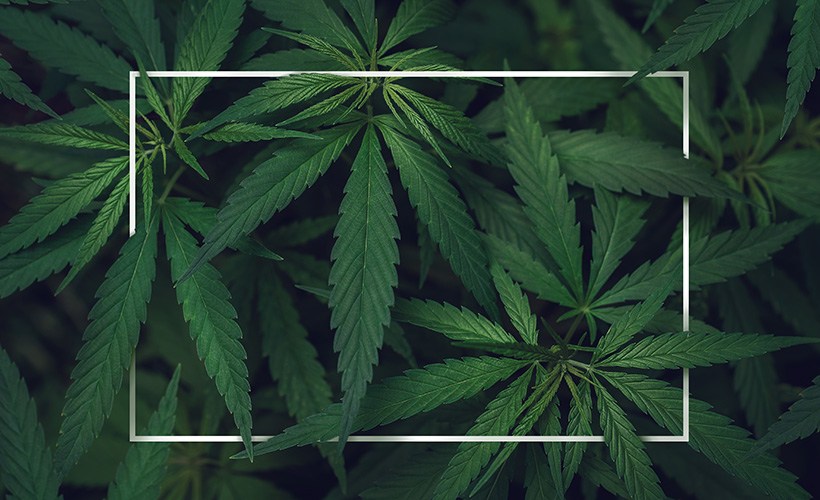


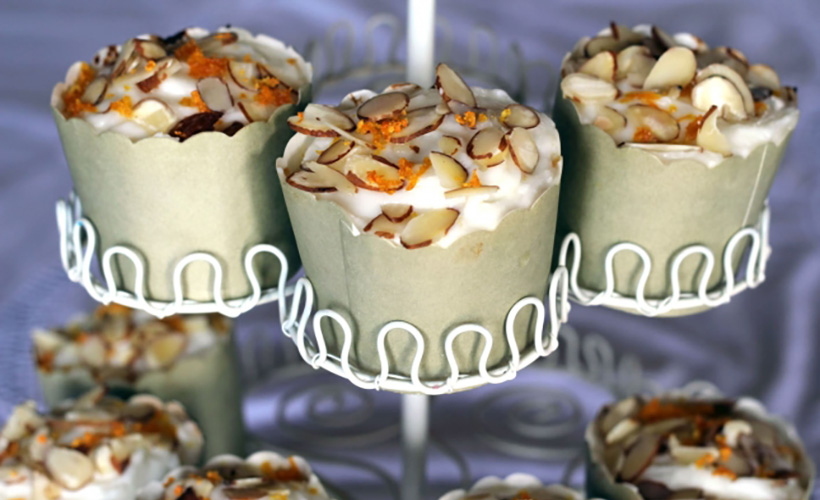
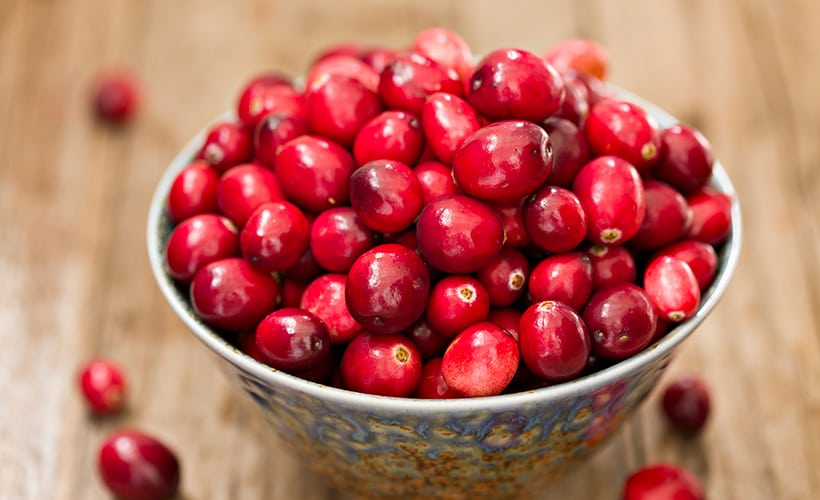
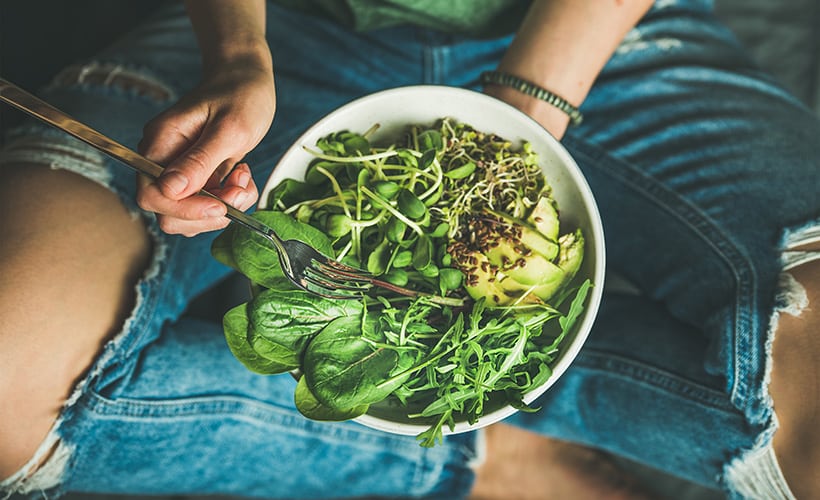
Community